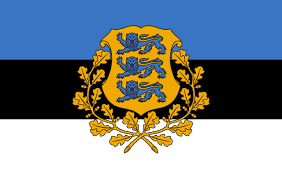
Become ESTONIAN
IT’S TIME TO
AUTHENTIC ESTONIAN LIVING
From its earliest known settlements over 5,000 years ago to its emergence as an independent republic in 1918, Estonia has played a key role in the history of Northern Europe. Situated at the crossroads of East and West, Estonia’s cultural heritage reflects influences from German, Swedish, Danish, and Russian rule, intertwined with the unique traditions of its Finno-Ugric roots. Known for its well-preserved medieval architecture, charming coastal towns, and pristine natural landscapes, Estonia offers a captivating journey through its resilient and evolving cultural legacy.
After reclaiming independence in 1991 following the collapse of the Soviet Union, Estonia rapidly embraced innovation and modernization. It became a global leader in digital governance, earning the nickname "e-Estonia." As a proud member of the European Union and NATO since 2004, Estonia balances its ancient heritage with a forward-looking approach to technology, sustainability, and education. Its vibrant arts scene, robust tourism industry, and unique language make it a dynamic nation celebrated for its blend of tradition and modernity.
We have created a selection of cultural insights to help you truly connect with Estonians. By learning Estonian words and phrases that go beyond textbooks or phone app courses, you’ll uncover the rich essence of this extraordinary country and feel at home in its distinctive cultural fabric.

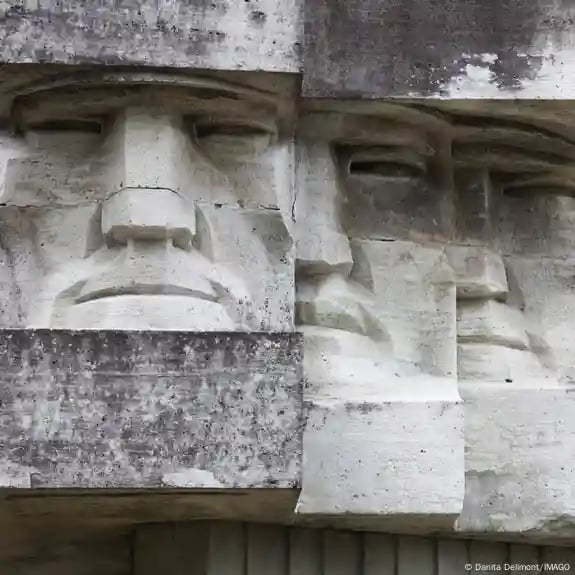

HISTORICAL HERITAGE
Step into the fascinating history of Estonia, a land where ancient traditions meet modern innovation. From the medieval castles of the Hanseatic League to the resilient spirit of the Singing Revolution, Estonia’s past is a tapestry of cultural influences and enduring identity. In this section, explore key historical landmarks, uncover stories of pivotal events, and learn about the cultural heritage that shapes the Estonian language and people today.
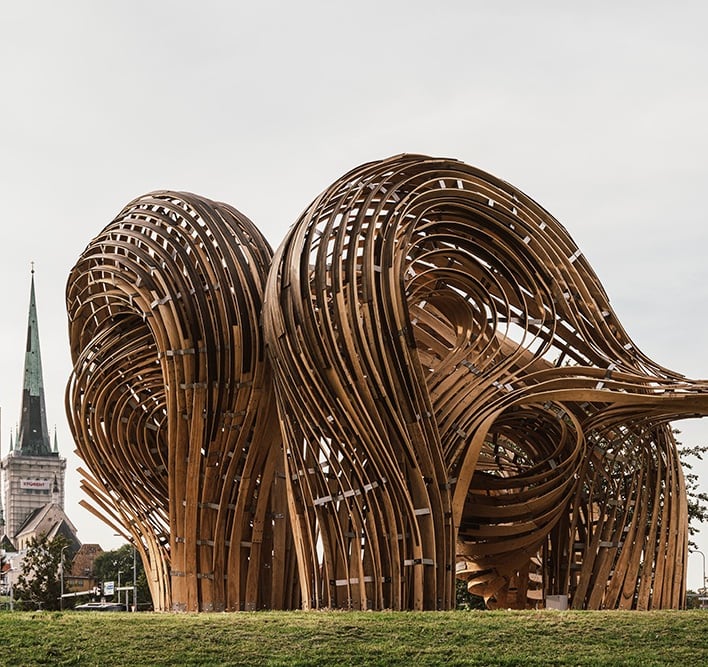

MODERN ESTONIA
From its status as a global leader in digital technology to its vibrant arts and cultural scene, Estonia is a hub of creativity and progress. Learn about Estonia’s advancements in e-governance, thriving startups, and sustainable living initiatives, while also experiencing the contemporary expressions of its rich heritage through music, design, and art. Discover a forward-thinking nation with deep cultural roots.
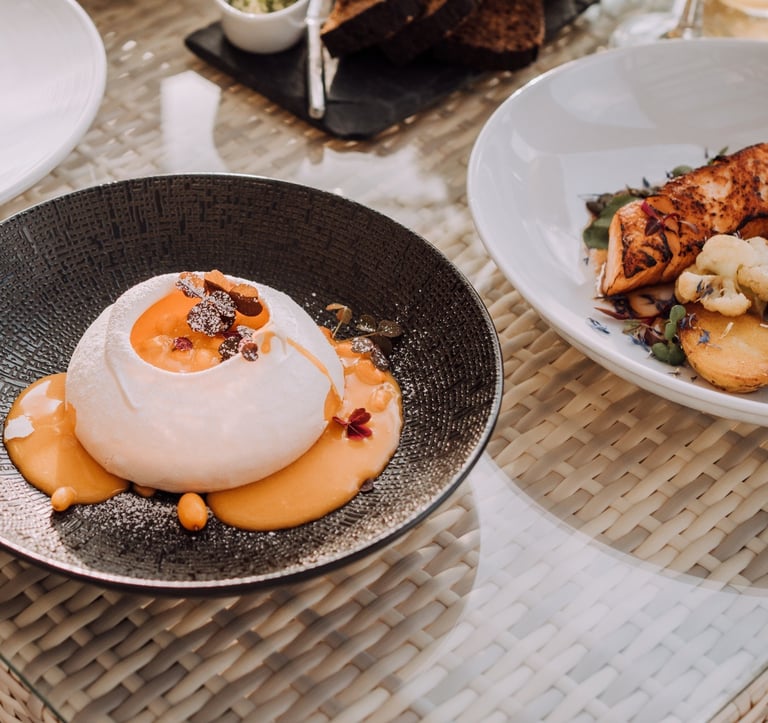

LOCAL CUISINE
From hearty rye bread and savory pork dishes to the fresh, foraged flavors of wild berries and mushrooms, Estonian food reflects the natural beauty of its landscapes. IExplore traditional recipes, seasonal delights, and learn about the cultural significance of iconic dishes that bring people together. From fine-dining restaurants in Tallinn blending local flavors with global techniques to farm-to-table initiatives and creative street food, Estonian cuisine continues to evolve while staying true to its roots.
THE COUNTRY OF SAUNAS
Sauna culture holds a significant place in Eesti (Estonia) and has been an essential part of life for centuries. The saun (sauna) is not only a place for washing but also for relaxation, socializing, and even spiritual cleansing. Traditionally, Estonians would build their talu saun (farm sauna) near water bodies, allowing them to cool off in a nearby järv (lake) or jõgi (river) after a hot session. A proper saunaskäik (sauna visit) involves multiple rounds of sweating and cooling, often accompanied by the use of viht (sauna whisk) made from birch branches, which is gently tapped on the body to improve circulation. Estonians believe that the sauna has both physical and mental healing properties, helping to relieve stress and muscle tension.
During important celebrations or gatherings, families and friends often come together for a saunapidu (sauna party), turning the experience into a communal event. Estonian saunas vary from the more modern elektrisaun (electric sauna) to the traditional puuküttega saun (wood-heated sauna). One of the most unique types is the suitsusaun (smoke sauna), where the sauna is heated without a chimney, allowing the smoke to fill the room before being aired out.

SING ALONG IN ESTONIA
The laulupidu (song festival) is one of Estonia's most cherished traditions, held every five years in Tallinn. This grand muusikafestival (music festival) brings together thousands of singers and musicians from across the country to celebrate Estonian culture and heritage. The festival showcases a wide range of rahvamuusika (folk music), koorilaul (choir singing), and contemporary Estonian compositions. Participants, dressed in colorful rahvariided (traditional clothing), create a stunning visual display, adding to the atmosphere of unity and pride. The heart of the festival is the iconic Lauluväljak (Song Festival Grounds), where massive choirs perform in front of tens of thousands of spectators. The ühtsus (unity) and kogukonnavaim (community spirit) felt during the event are unforgettable, making it an important cultural landmark for Estonia.
Over the years, the festival has become a symbol of national identity, especially during historical periods when Estonians sought to preserve their kultuuripärand (cultural heritage). Many visitors come from abroad to witness the unique laulutraditsioon (singing tradition) that has even been recognized by UNESCO as an intangible cultural heritage.

100 FACTS ABOUT ESTONIA
Need a reason (or more than one) to study Estonian?
Estonia is a country like no other, blending ancient traditions with cutting-edge innovation. From its rich folklore and stunning natural landscapes to its pioneering digital advancements, Estonia offers a fascinating mix of history, culture, and modernity. In this section, we’ve compiled 100 unique facts that showcase the essence of this incredible nation. Whether it’s the world’s longest ice road, the UNESCO-recognized smoke sauna tradition, or Estonia’s leadership in e-governance, each fact highlights something extraordinary about this small but remarkable country.
Explore 100 unique facts about Estonia!
Estonia was the first country to offer e-residency to non-citizens.
Estonia conducted the world’s first online election in 2005.
The Estonian digital ID card allows access to over 99% of state services online.
Estonia is home to the world’s longest ice road, stretching over 25 kilometers.
Smoke saunas in Võrumaa are UNESCO-recognized for their cultural significance.
Estonia has the highest number of meteorite craters per square kilometer in the world.
Kaali Crater in Saaremaa is one of the few meteorite craters located in a populated area.
The Võru dialect is one of the few living dialects with its own written tradition in Estonia.
Estonia has more startups per capita than any other European country.
Skype, TransferWise, and Bolt originated in Estonia.
Estonia celebrates Midsummer’s Eve with bonfires and ancient traditions.
Over 70% of Estonian land is covered by protected areas, bogs, or forests.
Estonia has one of the largest bog landscapes in Europe.
The Estonian language has no future tense.
The Tartu Peace Treaty of 1920 established Estonia as an independent republic.
The Singing Revolution helped Estonia regain independence in 1991.
Estonia has the cleanest air quality in Europe according to WHO studies.
The Seto people in southern Estonia maintain unique traditions and polyphonic singing.
Estonia has one of the highest numbers of women in leadership positions globally.
Pärnu is known as the summer capital of Estonia, with sandy beaches and spas.
The Estonian national epic, "Kalevipoeg," is a central part of its literary heritage.
Every five years, Estonia hosts the largest amateur choral festival in the world.
Estonian surnames often derive from nature, such as Leht (leaf) or Mägi (hill).
The forested region of Alutaguse is home to brown bears and elk.
Estonia has 14 distinct cases in its grammatical system.
The capital, Tallinn, derives its name from "Taani Linn" (Danish Town).
Estonia has the world’s first digital embassy in Luxembourg.
Over 50% of Estonians regularly engage in traditional folk dances.
Estonia has the highest literacy rate in Europe, close to 100%.
The Soomaa National Park experiences "fifth seasons," when water floods the forests.
The Ruhnu Church is one of the oldest surviving wooden churches in Europe.
Estonia uses unique "bog shoeing" tours to explore its wetlands.
The Estonian Independence Day Parade is held annually on February 24th.
Estonia’s education system ranks among the best in Europe.
Estonia’s 2.2 million hectares of forest are home to rare plant species.
The Estonian flag was first used by students in 1884.
The Baltic German legacy left a significant impact on Estonia’s architecture.
Estonia’s coastline stretches over 3,800 kilometers, making it ideal for sailing.
Estonia has a unique "National Witch’s Day" celebration in Tuhala.
Võru County features traditional farmsteads with wooden log architecture.
Estonia’s electronic health records system is one of the most advanced globally.
The ancient Estonian calendar follows the phases of the moon.
Estonia has over 1,500 natural lakes.
Estonia has preserved some of the largest ancient forests in Europe.
The native wolf is considered a national symbol of Estonia.
Tallinn was one of the first cities in Europe to offer free public transportation to residents.
Estonia is one of the least religious countries in the world.
The Lahemaa National Park is the oldest and largest national park in the country.
Estonia’s capital was one of the first cities to adopt modern streetlights in 1882.
Estonia has a rich folklore of forest spirits and mythical creatures.
Tartu is home to the oldest university in Estonia, established in 1632.
Estonia was the first country to create a blockchain-backed digital registry.
The Baltic Way human chain, which included Estonia, connected three countries in 1989.
In Estonia, saunas are believed to have healing powers and are used for rituals.
The longest poem in Estonian, "Kalevipoeg," consists of over 19,000 verses.
Estonia’s unique national instrument is the kannel, a type of zither.
Estonia’s public libraries are free for everyone and widely used.
Lake Peipus is one of the largest transboundary lakes in Europe.
Estonia’s medieval guilds played a significant role in the Hanseatic League.
Estonians have a word, "metsa," which describes a deep emotional connection to forests.
The Christmas markets in Tallinn are among the most picturesque in Europe.
Estonia’s e-governance system reduces paperwork for citizens to near zero.
In winter, Estonia hosts ice marathons over frozen lakes and rivers.
The Tallinn Song Festival Grounds can hold over 100,000 people.
Estonia’s Parliament building is the only pink parliament building in Europe.
Estonians celebrate "Kadripäev," a unique holiday marking the start of winter.
Estonia’s water towers, like the Pikk Hermann Tower, are iconic landmarks.
Estonia’s coastline is dotted with thousands of tiny fishing villages.
The city of Narva blends Estonian and Russian cultures.
Estonia is home to the world’s first weather forecasting stones in Hiiumaa.
Estonia’s Võru dialect is preserved through local poetry and literature.
Estonia’s largest waterfall, Valaste Waterfall, freezes into a stunning ice sculpture in winter.
The city of Tartu is known as Estonia’s "City of Good Thoughts."
Estonians have their own version of the Viking Age, with unique seafaring traditions.
Estonia was among the first countries to create a digital signature law.
The Estonian National Museum is a cutting-edge facility blending modernity with history.
Estonia’s cultural identity includes a reverence for birch trees and their sap.
Estonians celebrate the ancient festival of "Jaanipäev" with bonfires.
The Matsalu Nature Reserve is one of Europe’s most important bird migration areas.
Estonia has the smallest official army in Europe but the largest reserve.
Estonia produces some of the world’s purest honey from its natural meadows.
Estonian surnames often reflect occupations, such as Sepp (blacksmith).
Estonia’s National Opera House in Tallinn is a key cultural institution.
Estonia’s prehistoric burial mounds date back over 3,000 years.
Estonia is one of the few places where you can find naturally growing wild orchids.
Estonia’s maritime museums feature Viking-age artifacts.
Estonia has more meteorite craters visible on the surface than anywhere in Europe.
Every Estonian citizen has a digital registry for health, taxes, and property.
Estonia’s unique "Singing Fields" are outdoor spaces designed for natural acoustics.
The unique Võru smoke sauna tradition includes healing herbal infusions.
The Tuhala Witch’s Well is a natural wonder where water "boils" during floods.
The Muhu and Kihnu islands preserve Estonia’s oldest folk costumes.
Estonia’s Elva Singing Trail combines music with hiking paths in nature.
Estonia’s "Black Nights Film Festival" is one of Europe’s largest movie festivals.
Estonia’s "electricity-free" bog cottages are popular for eco-tourism.
The Song Festival Fire, lit in Tallinn, travels across the country during the event.
Estonia’s national bird is the barn swallow, symbolizing happiness and endurance.
Estonia has over 500 species of moss, earning it the nickname "Moss Kingdom."
Estonia’s Runic songs, "Regilaul," date back thousands of years.
Estonia’s underground limestone caves are geological marvels and popular tourist attractions.
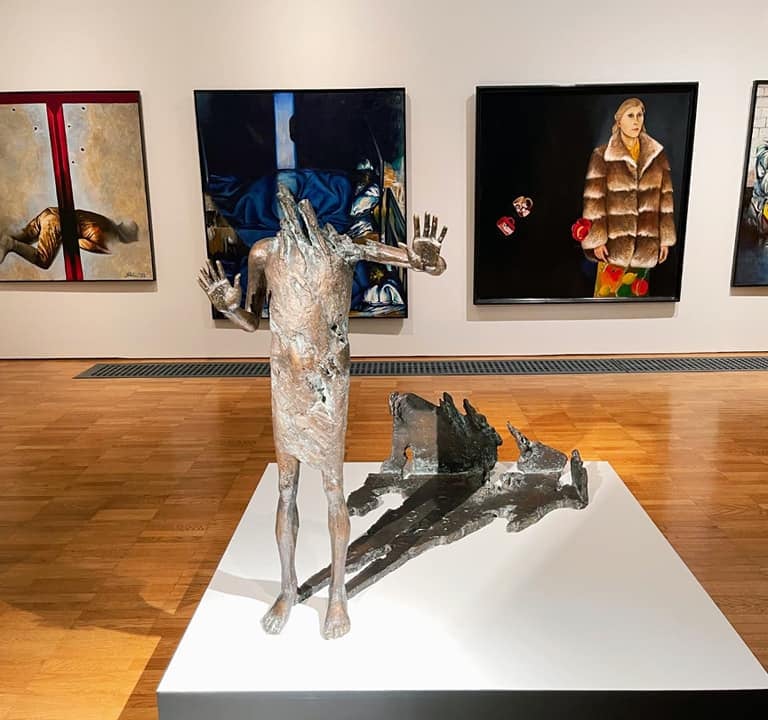

EXPAND YOUR KNOWLEDGE
If you are interested in learning more about Estonian culture and history as well as the language, we recommend that you download our complete Estonian language course!
You will not only receive all the contents available on our website in convenient pdf or epub formats but also additional contents, including bonus vocabulary, more grammar structures and exclusive cultural insights with additional vocabulary that you won't in any other textbook.
The additional articles include specific words or expressions related to the culture of the Estonian people. Not only will you be able to speak the Estonian language with confidence but you will amaze your listeners thanks to your knowledge of their country and history.

